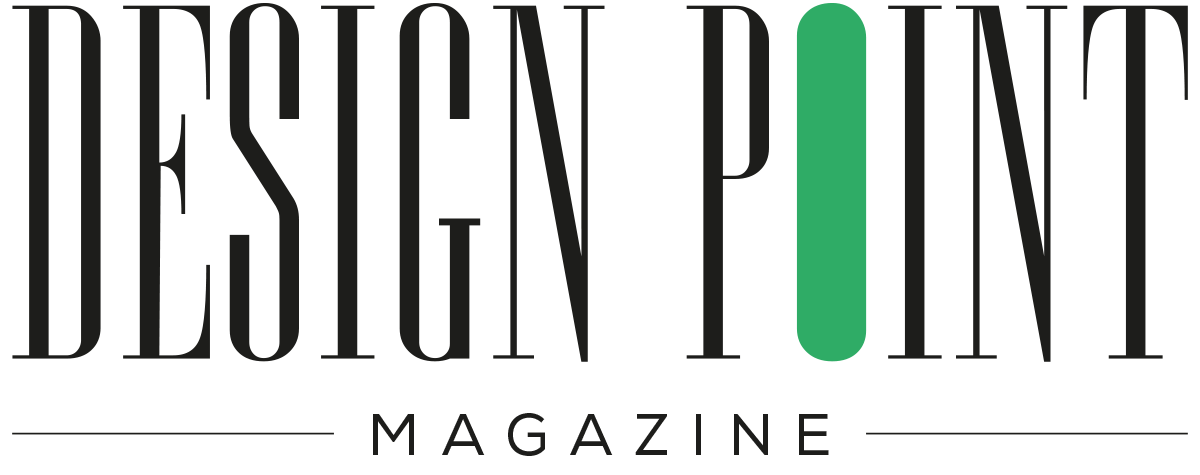Spitzer magazine offers a fresh look at the venerable craft of illustration—and just may be a savior for the practice and study of the art in Germany and beyond. I was introduced to it by the Essen-based Dirk Uhlenbrock, who I asked for a tour of its printed pages. Long live illustration in the digital/AI-driven world.
What is your editorial goal?
The magazine was created to cover all aspects of illustration. In the second issue, for example, we will feature an icon designer, an initiative in Brussels that is something between a shop and a workshop, and there will be an article on info design and medical illustration.
Is Spitzer affiliated with a group or organization?
No, the magazine was founded by Patrick Wirbeleit (a children’s book illustrator and author) and me (a graphic designer), because there is nothing like it in Germany. For the same reason, we also created a conference for children’s book illustration, which has now been held for three years in a row.
Do you have any aesthetic preferences regarding the type of illustration you present?
My partner and I have a great love for illustrations from the 1950s and ’60s, and we want to feature lesser-known artists in subsequent issues. In general, however, we are not at all stylistically committed to topics and the type of illustration.
Does Spitzer claim to represent the “new” illustration in Europe?
No, we don’t want to promote the future or avant garde. Our primary concern is to reflect the importance of illustration in general in communication. But if a fresh style or new approach comes our way, we’ll certainly want to showcase it.
How do you intend to financially support the magazine in an uncertain future?
The first issue was published at the beginning of August, and we managed to finance production after a short time solely through our social media contacts and word-of-mouth advertising. We have now sold more than half of the issue. Most of these were individual copies via direct mail order, but we are working on getting the magazine into specialized stores as well. The magazine is currently available in Hamburg, Berlin, Munich and Karlsruhe. The medium-term goal is to be able to publish two to three issues per year, increase circulation, and ideally generate profits, which can then be used to pay for things like external authors, proofreaders and translators.
What is your background as an editor and illustrator?
I’ve always drawn a lot and studied communication design, but during my studies I decided I wanted to make a living from graphic design rather than illustration. So I’m in the fortunate position of being able to illustrate wherever it fits and I feel comfortable, but I don’t have to sell myself completely.
The post The Daily Heller: German Illustration is Alive and Well, Says a New Magazin appeared first on PRINT Magazine.

